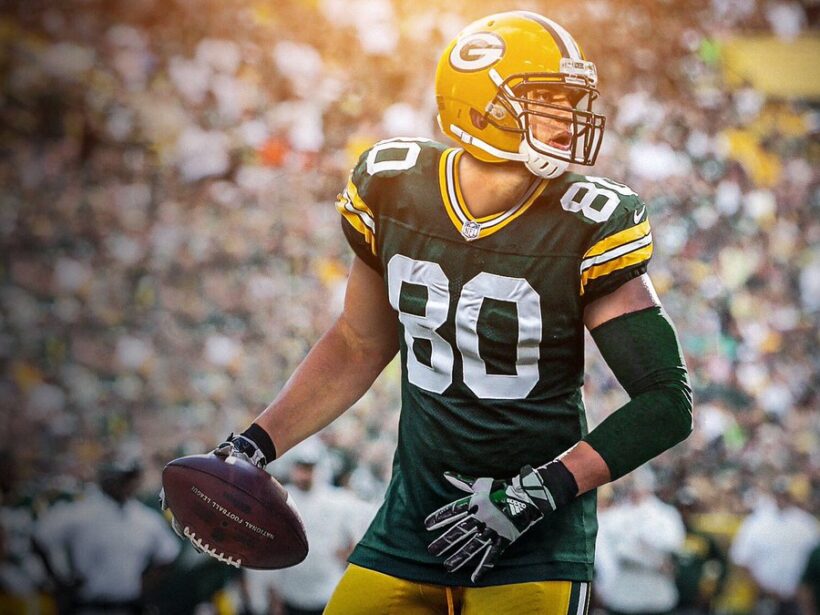With the Green Bay Packers surprisingly being an active participant in the 2018 NFL free agency extravaganza, the news of Jimmy Graham coming to Green Bay on a 3 year, $30 million deal was shocking to most fans.
Reports of Aaron Rodgers trying to recruit Graham to Packerland shows fans the importance Rodgers is putting on offensive improvements, albeit coming at the price of losing Jordy Nelson as a salary cap casualty.
On both sides of the agreement, scepticism needs to be had. For Green Bay, Graham did not mesh well in Seattle, even with Russell Wilson at the helm, while Graham needs to understand it’ll take a bit to find his spot in the offense.
The Seahawks’ offensive game plan did not reflect the potential contributions that Graham could bring in, as he was not utilized efficiently until last season. His vertical presence down the seam to stretch the defense was what made him very successful in New Orleans, but when Seattle traded for him in 2015, they did not efficiently implement him into their offense.
So what does Green Bay need to do to maximize his contributions in their offense, and how does he fit in with the current offensive outlook?
Red zone threat
Last season with the Seahawks, Graham had his first double-digit touchdown total since 2014, scoring 10 times in both years. All of his 10 TD’s were within the red zone, showing that the Seahawks focused their play calling on Graham when inside the 20.
Graham had a 35.1 target percentage in the red zone, catching 16 balls on 26 attempts, leading the league in red-zone targets. While he is known as a vertical threat, head coach Mike McCarthy and offensive coordinator Joe Philbin need to draw up plays that split him out wide for fade routes, put him in the slot so he can use his big frame to fight for position on slants or to have him in tight on the line and run a crossing or back-pylon post routes.
Spread the field
When Green Bay has been most successful on offense is when the offense is spread out in its four-or-five wide personnel, giving Rodgers a plethora of weapons to pick apart the defense. Running Graham out wide on the boundary can help bring a safety down and turn the defense into a single-safety high formation, turning the field into Rodgers’ sandbox.
When Green Bay had a healthy (and less controversial) Jermichael Finley, he helped spread the offense and opened up underneath routes to slot receivers and made Rodgers’ performances that much easier. If McCarthy is needing to pick apart a defense, put Graham outside to help stretch the defense and potentially create mismatches on matchups.
Swiss army knife
One downfall of Graham’s game is his blocking, where his skills leave a lot to be desired. However, as both the Saints and Seahawks have done, there are ways to mask these issues.
Previously in this article it was discussed that splitting Graham out wide would help stretch the field, which would also help in the running game. Graham can use his frame to ward off safeties and linebackers matched up with him on the boundary and can help open up holes in the running game.
If there are plays that have him on the line, they can put him on the line but move him around through motion to try and create mismatches in the trenches.
He can act as a lead blocker, but by having someone like Lane Taylor pull behind him or Aaron Ripkowski follow him to create jokes, that could cover up his blocking issues.
Graham is an important addition to this team and has the opportunity to create a role for himself that Green Bay has not seen in a long time.
Have impressions of this signing and his potential? Leave your comments below!
뿓뿓뿓
Mike Johrendt has been an avid fan of the Packers ever since he can remember. He is now a writer at PackersTalk and you can follow him on Twitter at @MJohrendt23
뿓뿓뿓

